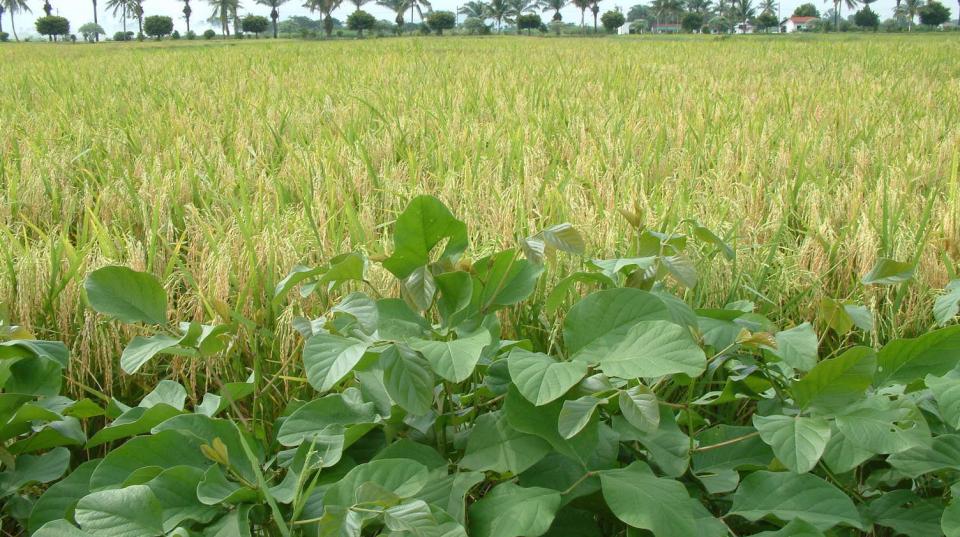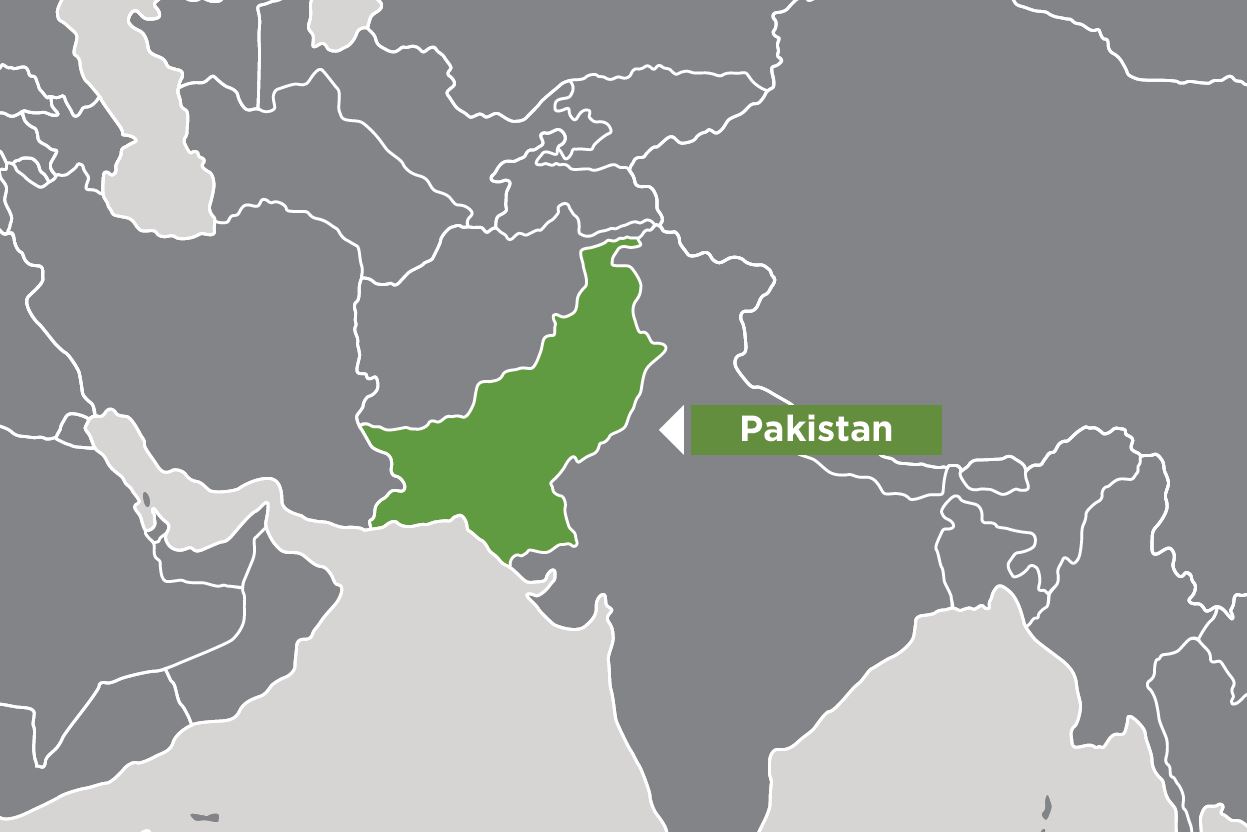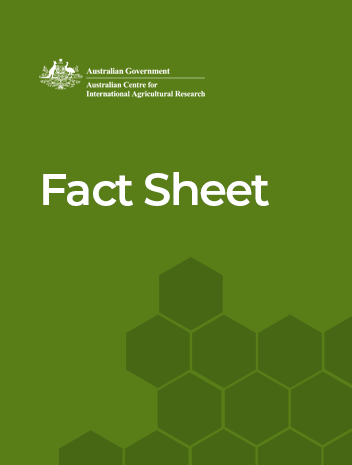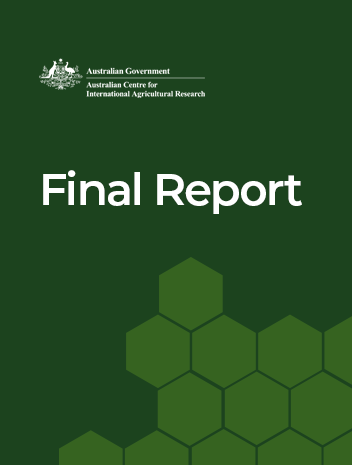Overview
This project will be enhancing the production and profitability of legumes in the existing cropping systems in Pakistan so that the decline in legume production can be reversed.
Demand for pulses in Pakistan, as in other South Asian countries, outpaces supply due to declining production over the last 20 years. Despite relatively high prices, legumes, especially chickpea and lentils, have been progressively pushed out to the most marginal lands.
This project aims to identify agronomic factors limiting the productivity and profitability of lentils, chickpeas and groundnut, and evaluate possible solutions, mostly through farmer led research and demonstrations of suitable innovations; increase opportunities for farmers to undertake post-harvest value addition to chickpea, lentil and groundnut crops; develop and evaluate, in partnership with farmers, site specific village-based seed production and dissemination systems to facilitate access to improved varieties; and disseminate the learning and practices from the project activities to other farmers and private-sector participants, such as input suppliers and potential service providers.
Outcomes
- Identified and promoted improved varieties of chickpea, lentils, and groundnuts that were high-yielding, disease-resistant, and market-preferred.
- Increased the productivity and profitability of pulses by introducing innovations such as rhizobium inoculation, fungicide seed treatment, chemical weed management, foliar disease management, insect management, and mechanised harvesting.
- Facilitated the production and availability of quality seed of improved varieties by establishing two village seed banks and engaging four private seed companies.
- Increased the opportunities for farmers to undertake post-harvest value addition by demonstrating food processing technologies such as peanut oil extraction, peanut butter production, and organic chickpea certification.
- Linked the farmers with the pulse value chain actors such as input suppliers, service providers, processors, and industry representatives.
- Enhanced the capacity and collaboration of farmers, researchers, extension agents, NGOs, and private sector partners through development-led inquiry and farmer-led participatory approaches.
- Generated new knowledge and evidence on the agronomic, economic, and social impacts of pulses in cereal-based cropping systems in Pakistan.
Summary of outcomes to date
2021–22
- The reporting year brought a lot of new learnings by reflecting and getting the right directions.
- Some trials were repeated consecutively for the second year. However, new trials at different project sites were also initiated.
- A new approach addressed the bottlenecks encountered during value addition activities.
- Engaging seed companies strengthened the sustainable pulses seed supply system.
- Project learnings were disseminated by demonstrating interventions during expansion activities, farmer field days, showcasing, and capacity-building events.
- Impact analysis encouraged the project team when they observed the improvement in learning of beneficiary farmers.






